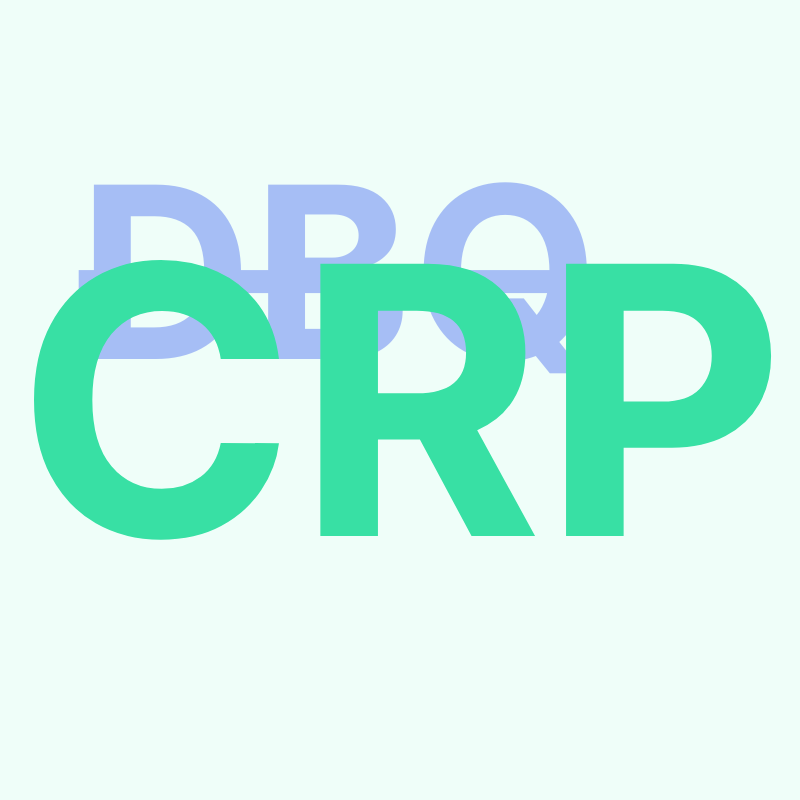The Thinking Nation team has been hard at work this summer preparing for the 23-24 school year. We will roll out various changes, updates, curriculum, and more in the coming weeks; but, today, I want to address our summative assessment: the Curated Research Paper.
As you will see, our summative assessments have not changed in structure. They contain an inquiry question, context activities such as vocabulary, relevance to the present, and historical context, and a document set made up of primary and secondary sources. Students take all of this information and construct an argumentative essay that addresses the inquiry question and incorporates the analysis they did of the abovementioned components. In short, they complete a curated research paper.

Most people call this process a “DBQ,” or Document Based Question. This name has its origin in AP (Advanced Placement) Exams, put out by the College Board. The College Board, of course, has received a ton of attention in the past few years with many universities foregoing SAT requirements, the new African American Studies course, and the particularly low AP U.S. History scores that came out about a month ago. For much of High School history education in the United States, the College Board serves as an anchor for teachers and schools to compare what they do too. Thus, it has made sense for us and others to use “DBQ” as a term to describe what it is we do.
However, we have decided to break away from this terminology and call our assessments what they actually are. I want to take today’s blog to briefly explain our rationale for this change in hopes of continuing the dialogue for our organization’s ultimate goal: to shift the paradigm of history education. We hope to bring a new dialogue in social studies.
- The term “Document Based Question” does not accurately describe what we are asking students and teachers to do. In fact, I can recall dozens of instances when I told someone we did DBQs and they told me that they did too. Then, they began to explain what, essentially, was a textbook reading assignment. Read a short excerpt of a document, and answer one or more questions about it. Sometimes these questions never even broke the DOK 1 threshold. Clearly, we had a different definition!
- A part of growing up is making decisions because you thought through them, not simply because that’s what your parents did. For sometime, most of us have used the term DBQ because it’s what the “parent” (College Board) used. Those of us in that circle knew exactly what we meant, but the broader public (and most new teachers) had no idea, unless of course, they took an AP history class. This means that every time we talk about DBQs with a new audience, we have to add an extra layer of explanation. We believe that this extra layer can be removed and we can make a more evidence-based conclusion about what to name the process we are asking students to engage in. Thus we have the Curated Research Paper, or “CRP.”
To recap, we believe that Curated Research Paper is the best way to articulate the summative tasks within Thinking Nation’s curriculum. Using CRP with both the professional community and the wider public will more clearly articulate for all stakeholders what exactly the expectations are.
We are looking forward to engaging in CRPs with our partner schools this year! In the weeks to come, I’m excited to draw attention to more exciting things coming out of Thinking Nation!